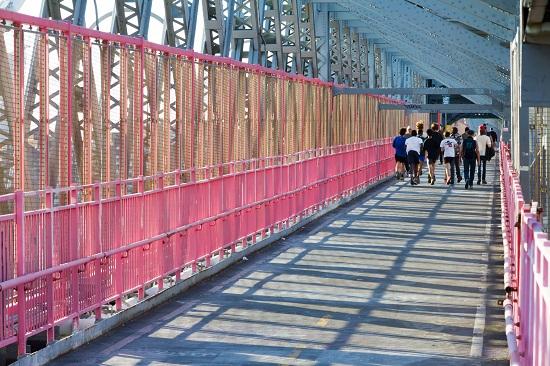

It’s obvious, isn’t it? Runners are over virtual races. First came IRONMAN’s announcement that every 2021 race in North America had sold out. Now, a broad-based survey shows athletes across the USA are unanimous in their desire to return to live events.
The willingness to participate in mass events is good news in itself but the survey delves deeper, uncovering what runners want from races, what they enjoy – and what they don’t, making it worth the investment by race owners.
Even in a world where many are still cancelling races in favor of virtual events, it's looking like there's pent-up demand for live races.
The survey, put forth by Running USA, had some other interesting insights, all of which event owners and race directors should be considering as races return to the streets. Here is a synopsis.
73 percent of runners participated in a virtual event in 2020 as an alternative to in-person racing: No surprise; in fact, research from Run SignUp | Give SignUp noted that virtual races making up 33.4 percent of all events, compared to just 2.8 percent in 2019. Virtual challenges (multi-activity events with long term goals) comprised another 6.3 percent of 2020 events.
50 percent say they prefer to race in person: Another non-surprise. But, says Running USA, 66 percent of runners stated that they plan to be back out racing as soon as an event is available in their area or within traveling distance.
But when will they race again? 44 percent said they would race again when an event was offered locally; 24 percent said not until they felt safe (even if they got vaccinated); 20 percent said after they were vaccinated; 12% said they would travel again as soon as a vaccine was offered. (It is notable that vaccines were not synonymous with safety for many people, since in many cases, widespread availability of the vaccine may not come for several months yet).
61 percent of runners expect to participate in more events in 2021 than they were able to in 2020: Not exactly a surprise here but event owners should be prepared.
Almost nine of ten expect cancellation of some events in 2021: Whether you call them pessimists, pragmatists or realists, runners have come to expect changing that conditions, including fluctuating case numbers, will impact their race calendar.
And once the virus is in the rear-view, 68 percent said their participation in races would be about the same; 20 percent said they’d race more than before; six percent each said they’d race less than before or would be unsure. Some industry insiders believe there will be at least an initial spike in participation at live events because of all those who took up running in quarantine and want to put their newfound skills to the test.
Runners have many suggestions for event owners who want to attract more participants. A total of 15 percent said they thought marketing campaigns for races needed to feature more diverse groups of runners, including multiple ethnicities and those with disabilities. 11 percent said entry fees needed to be more affordable for runners and another 11 percent said more diversity among local partnerships needed to be emphasized.
Runner safety is a concern: With virtual races coming to the fore, many runners were out on trails and streets alone rather than in mass events. This brought out insecurities among runners, who said they felt threatened or afraid while outside. 30 percent of runners responding to the survey on this topic were black, while 19 percent of Asians felt insecure while running, followed by 13 percent native Americans and 12 percent of Latinos. Smaller percentages of whites (two percent) were reported to have felt threatened or insecure while out running as well.
Runners know what they like: In addition to featuring demographic information, the survey showed that runners most often choose events to participate in based upon the distance of the race, followed by the date, the location, and the affordability of race fees and whether the event was located in an interesting place to visit. Most of these factors ranked in the top 30 percent of reasons races were chosen; others fell below that mark, including the availability of a chip timing system and whether the finish award was desirable.
5K, 10K and Half Marathon are the preferred distances: Everything else, from marathons to relays to trail races and other events, were less popular.
They want to get their cardio on: The majority of racers 61 percent) identified themselves as being most interested in running for fitness, followed by serious and competitive runners (22 percent) and recreational runners and joggers (16 percent). Twice as many men than women consider themselves “serious runners.”
Other noteworthy data (and perhaps the most interesting from an event owner perspective) included a report showing what runners actually want out of a race, something that has become a big point of debate among race owners. Among the data to come out of the survey was that 82 percent prefer traditional races, while only 53 percent said they wanted alternatives to a race T-shirt – but plenty of other factors were under consideration.
Running USA members can access the survey free of charge; others can purchase it at this link.

